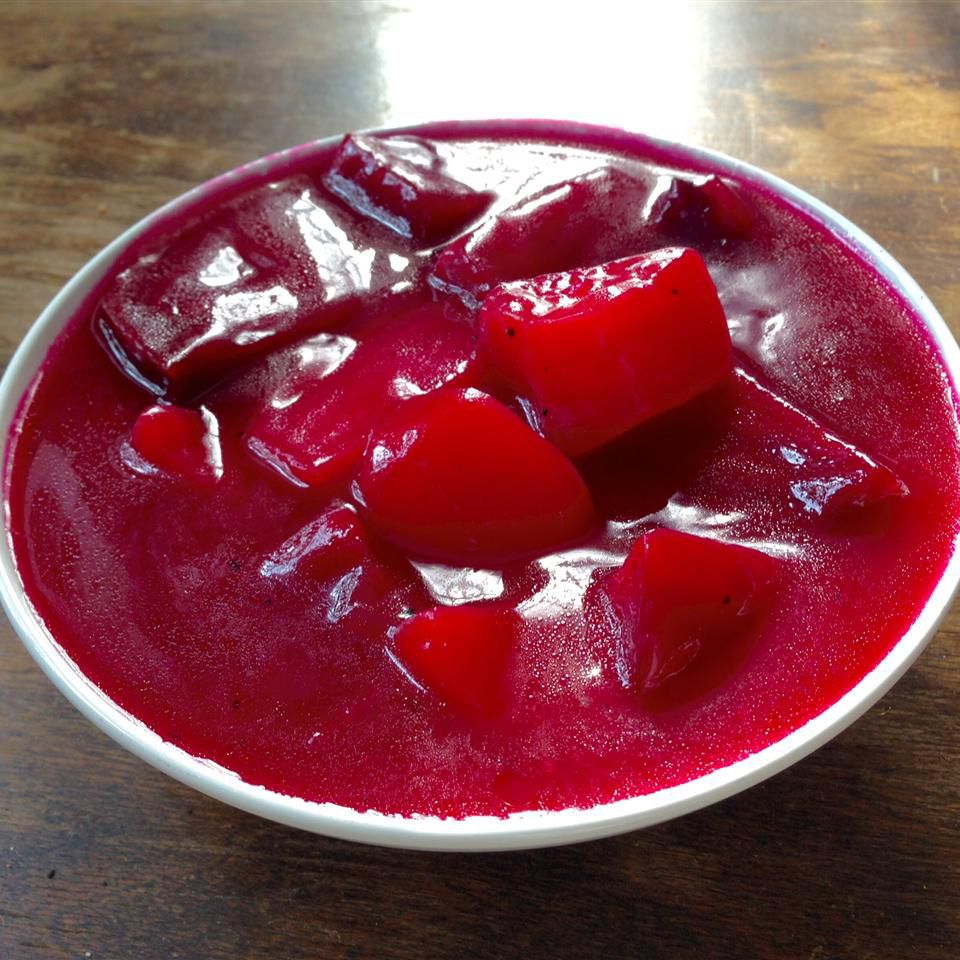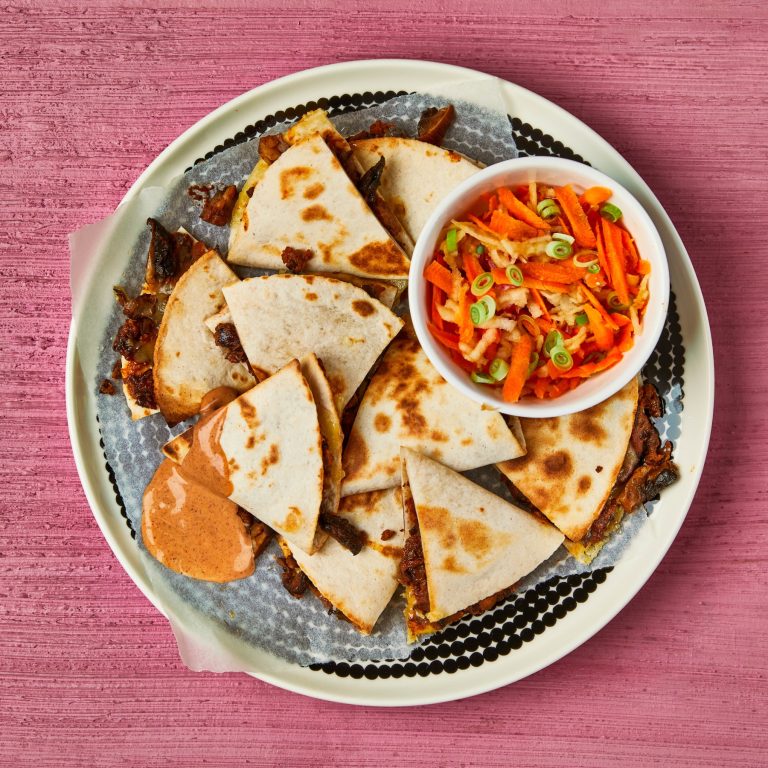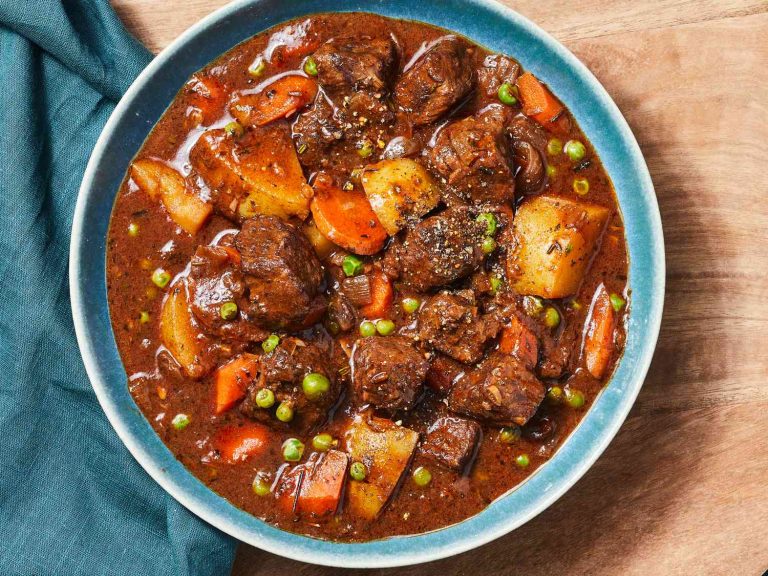Grandma Harvard Beets Recipes
The origins of Grandma’s Harvard Beets trace back to the Northeast United States in the late 19th century. Many believe the dish emerged from the New England region, specifically in Massachusetts. Its name is thought to be linked to Harvard University, although there’s no concrete evidence connecting the two. Early cooks designed the recipe to make the most of the abundant beet harvests, seeking ways to preserve and enhance their natural sweetness.
Popularity Through the Years
Grandma’s Harvard Beets gained popularity during the early 20th century, partly due to their simplicity and vibrant flavor. The rise of home cooking magazines and cookbooks helped spread the recipe. Families appreciated the beets for their versatility, serving them at various occasions from holiday dinners to Sunday meals. Over time, the dish became a staple in many American households, praised for its nostalgic appeal and enduring taste.
Key Ingredients in Grandma’s Harvard Beets
Beets: The Main Component
Beets form the foundation of Grandma’s Harvard Beets. You need fresh, medium-sized beets, usually about 2-3 inches in diameter, to achieve the best balance of sweetness and texture. Boiling the beets until tender and slicing them into uniform pieces ensures even cooking. The beets provide a vibrant color and earthy flavor, essential for the dish’s signature appeal.
Sweet and Sour Sauce Ingredients
The sauce in Grandma’s Harvard Beets combines contrasting flavors to elevate the dish. Key ingredients include:
- Sugar: Granulated sugar adds sweetness, balancing the beets’ natural earthiness. Typically, 1/2 cup offers the right amount.
- Vinegar: White or apple cider vinegar contributes acidity, creating a tangy contrast. Use 1/3 cup for optimal results.
- Cornstarch: This thickening agent ensures a smooth, glossy sauce. About 1 tablespoon suffices.
- Water: Mixing water with cornstarch produces a slurry, aiding in thickening. Generally, 1/4 cup is required.
- Butter: Unsalted butter adds richness, enhancing the sauce’s texture. Use 2 tablespoons to round out the flavors.
These elements combine to create a harmonious blend, ensuring the dish’s distinct sweet and sour profile.
Cooking Process
Preparing the Beets
Start by selecting fresh, medium-sized beets. Rinse them under cold water, scrubbing to remove any dirt. Place the cleaned beets in a large pot, then cover them with water. Boil for approximately 45 minutes, or until tender when pierced with a fork. Once cooked, drain the beets and let them cool. Peel the skins off, then slice the beets into uniform pieces to ensure even cooking and sauce absorption.
Making the Sauce
Combine 1 cup of sugar with 1 tablespoon of cornstarch in a medium saucepan. Slowly stir in 1 cup of water and ½ cup of vinegar until the mixture is smooth. Heat the mixture over medium heat, constantly stirring until it thickens. Add 2 tablespoons of butter, allowing it to melt and blend into the sauce. After the sauce reaches your desired consistency, pour it over the prepared beet slices, ensuring they are thoroughly coated. Simmer the beets in the sauce for about 10 minutes, letting the flavors meld together. Serve warm to enjoy the full richness of Grandma’s Harvard Beets.
Serving Suggestions for Harvard Beets
Traditional Pairings
Pair Grandma’s Harvard Beets with classic roasted meats for a balanced meal. Roast beef, ham, and turkey provide a savory counterpoint to the sweet and sour notes of the beets. Add mashed potatoes or steamed green beans to your plate for a complete and satisfying dinner. Serve the beets warm for the best flavor.
Modern Twists
Incorporate Grandma’s Harvard Beets into contemporary dishes to give them a unique flair. Toss them into a mixed green salad with goat cheese and walnuts for an innovative starter. Use the beets as a topping for a quinoa or farro bowl, adding texture and color to your grain-based meal. For a creative appetizer, layer the beets on crostini with a spread of herbed cream cheese. Serve these modern twists both warm and cold to suit the dish.
Nutritional Benefits of Harvard Beets
Health Benefits of Beets
Beets offer powerful health benefits, rich in essential nutrients and antioxidants. They contain significant amounts of vitamins A, C, and K. The natural nitrates in beets improve blood flow, reduce blood pressure, and enhance exercise performance. Beets also provide dietary fiber, supporting digestive health.
Additionally, beets are low in calories yet high in valuable nutrients. For example, a cup of cooked beets contains only 60 calories but offers 3.8 grams of dietary fiber and 2.2 grams of protein. Their folate content supports cell growth and function, making them beneficial for pregnant women.
Values Added by Other Ingredients
The ingredients in Grandma’s Harvard Beets enhance nutritional value. Vinegar, used in the sauce, offers antimicrobial properties and aids in blood sugar regulation. Sugar, while adding sweetness, should be consumed in moderation. Cornstarch, a thickening agent, has minor nutritional value but contributes to the dish’s texture.
Butter adds flavor, and while high in fat, provides essential fatty acids and fat-soluble vitamins (A, E, and K2). Reducing the amount can make the dish healthier without compromising taste. Combining these ingredients maximizes the flavors and health benefits of Harvard Beets.
Conclusion
Grandma’s Harvard Beets offer a delightful balance of sweet and sour flavors that have stood the test of time. Their rich history and versatility make them a beloved addition to any meal. Whether you stick with traditional pairings or explore modern twists, you’ll find that these beets not only taste great but also provide numerous health benefits. With their impressive nutritional profile, incorporating Grandma’s Harvard Beets into your diet is a delicious way to boost your intake of essential vitamins, antioxidants, and dietary fiber. Give this classic dish a try and experience its timeless appeal for yourself.






